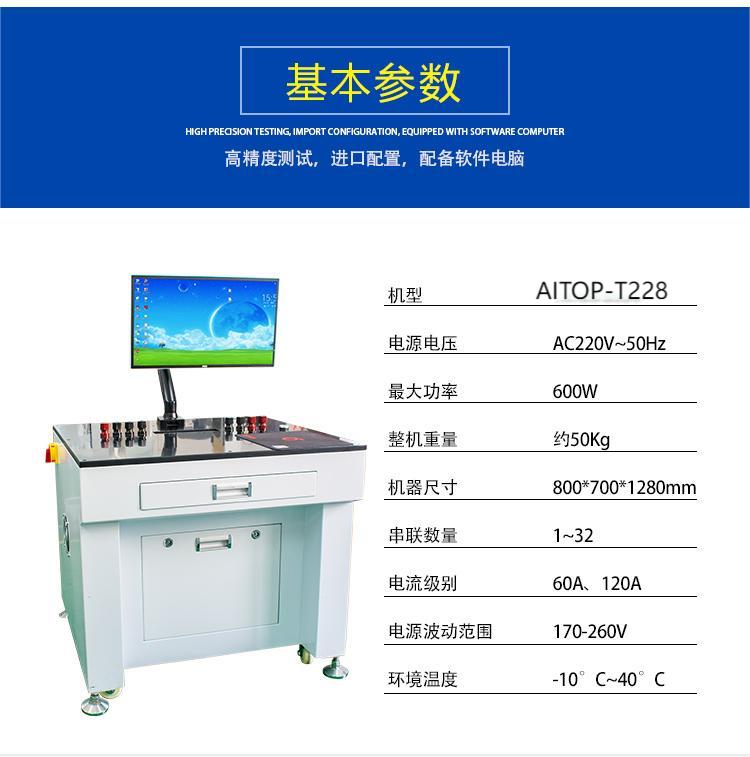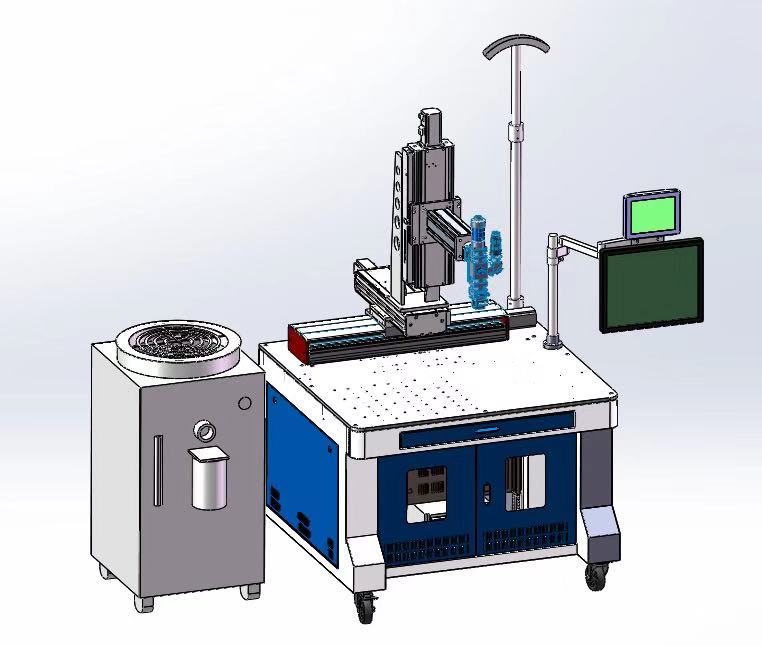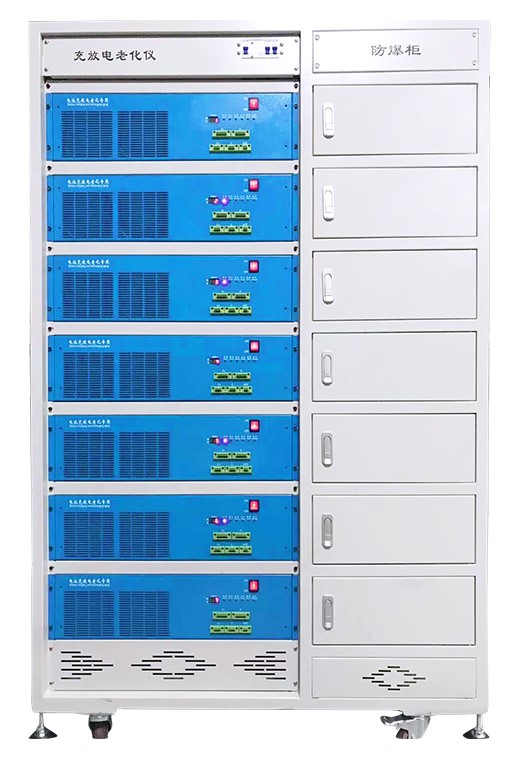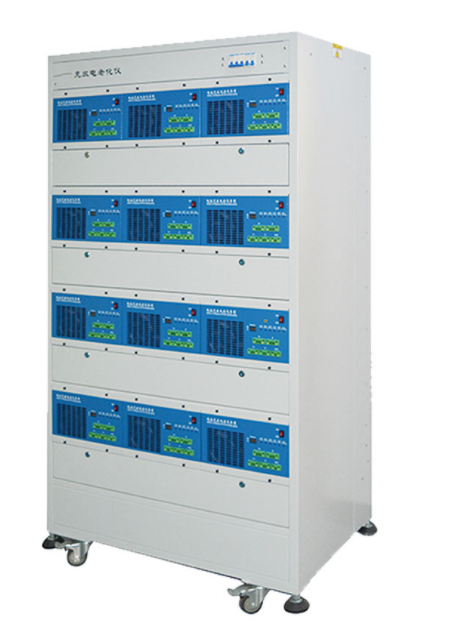18650 capacity regular size
There are 2200mAh, 2400mAh, 2600mAh capacity standards. At present, 18650 has achieved the largest single-cell capacity of 3400mAh. If the mobile power uses 18650 as the battery core, basically the above specifications are connected together. 18650 packaging 18650 is generally packaged in a steel shell, that is, the lithium ion of the 18650 is liquid, just like a cup filled with water, so the 18650 can only be cylindrical. If you buy a power bank and see a thick and large power bank , Basically 18650 batteries. 18650 Safety Due to the special nature of 18650 packaging (using steel shell), if the quality of the products produced is not good enough, the biggest danger is explosion. The explosion occurred in the notebook in the past few years is because of the notebook battery (generally used by Sony). 18650) There is a problem with quality control. Lithium polymer batteries Lithium polymer batteries are generally made of lithium cobalt oxide, lithium manganate, and ternary lithium. Through a certain proportion of the mixture of the three, it is produced by a certain process. The outer packaging is mainly made of aluminum-plastic film, and the lithium substance in the middle is paste. So the shape can be customized arbitrarily. At the same time, ultra-thin batteries can be produced, such as ultra-thin batteries such as 0.33mm and 0.50mm. The capacity of the lithium polymer battery cell can be any size because the polymer battery has no standard shape. The general volume is marked as length * width * thickness. In addition, the battery has a positive and negative tolerance, and the length and width have a positive tolerance of 0.5mm. The thickness tolerance is 0.55mm (the two positive and negative tolerances. Therefore, it is explained that the size of the polymer is determined by the size of the volume, and it is also related to the ratio of the lithium raw materials used. Lithium polymer batteries The polymer battery uses a layer of aluminum-plastic film and a layer of high-temperature tape. The greatest safety of the polymer is found to be leakage, short-circuit, and expansion. The worst case is burning and flames. Compared with 18650, polymer batteries are better in terms of safety. However, burning can also bring safety hazards, so it is recommended that users who use mobile power sources, try not to place mobile power sources on pillows, beds, etc. The current mobile power market On the previous page, the shipment volume is relatively large or 18650, and most mobile power supplies use 18650. At present, most of the high-end mobile power supply market uses polymer batteries to make mobile power supplies. That said, it is better for users to buy mobile power supplies with polyhewu batteries, especially mobile power supplies with large capacity.

Lithium batteries are currently the most used batteries in the digital field. Its most prominent advantage is its high energy density, which is suitable for digital products that focus on volume and portability. At the same time, compared with the previous dry batteries, lithium-ion batteries can be recycled and have advantages in environmental protection. Both the positive and negative materials of lithium-ion batteries can absorb and release lithium ions. However, the chemical potential of lithium ions in the positive and negative electrodes is different. The chemical potential energy of lithium ions in the negative electrode is high, and the chemical potential energy of lithium ions in the positive electrode is low. When lithium ions are discharged, lithium ions stored in the negative electrode are released and absorbed by the positive electrode. Since the chemical potential energy of lithium ions in the negative electrode is higher than that of the positive electrode, this part of the potential energy difference is released in the form of electrical energy. The charging process is the reversal of the above process, releasing the lithium ions in the positive electrode into the negative electrode. Because of the migration of lithium ions
back and forth between the positive and negative electrodes, lithium-ion batteries are also called rocking chair batteries.
18650 is currently the most common lithium battery packaging method, whether it is the most popular ternary material, the country’s push for lithium iron phosphate, and the unpopular lithium titanate, all have 18650 specifications. The 18650 battery core adopts Cylindrical cylindrical packaging. The diameter of this battery core is 18mm and the length is 65mm. It is widely used in power banks, electric vehicles, notebooks, bright flashlights and other fields. The advantage of this type of packaging is that the specifications are unified and it is convenient for automation. , Large-scale production, with the characteristics of high mechanical strength, strong impact resistance, and high yield; in addition, there are Prismatic square soft package packages, which are commonly found in mobile phones and tablet computers. The most direct benefits of this type of package are lightness, small size, and portability. .
In the notebook computer era, 18650 batteries are just the hero behind the scenes of digital products. With the popularization of smart devices such as smart phones and tablets, 18650 has also started to move from behind the scenes to the front desk, and is well-known to the public. So, how did the seemingly simple 18650 battery cell come into being? What is its secret? Next, let us explore its birth process together. Recently, the author had the honor to visit a battery cell factory in Dongguan to learn from the three aspects of coating, assembly, and testing, to introduce the birth process of the 18650 battery.
The production process of the battery cell: coating

Before entering the production workshop, you need to wear a mask and shoe covers to avoid inhaling dust and generating static electricity. First of all, from the understanding of the coating process, you can see large rolls of copper foil (yellow) and aluminum foil (silver) in this process. Aluminum foil is used to coat the nickel-cobalt-manganese NCM ternary material; on the contrary, copper foil is used to coat the negative electrode active material graphite; the white one is the diaphragm. Global lithium battery separators are mainly occupied by manufacturers such as Asahi, Celgard, SK, toray, and W-SCOP. These foreign companies hold nearly 70% of the market share. The market share of Chinese separator companies is about 30%, and the independent localization of lithium battery separators is constantly breaking through. The capacity of the battery cell is based on the area of these formulas.

A whole roll of coated positive and negative material is about 126mm wide, and then it needs to be cut into 7 small rolls with a width of about 18mm. Each roll will be evenly divided into several sections, and each section represents the material required for a battery cell. According to the engineer of the battery cell factory Xugong, the current price of ternary cathode materials is 120,000 yuan per ton, and each ton of material can be used to produce 50,000 batteries; the current average daily battery production capacity is 500,000, which requires 10 tons. For ternary cathode materials, this item alone requires 600,000 RMB per day.

The automated machine will mark each section with nickel tape and insulated and heat-resistant Mylar sheets (Mylar), and the next step is to carry out 5 levels of weighing, which are heavy, A1, A2, A3, and light. This is the same as the selection of CPU wafers. In the same batch of cutting processes, different physiques will appear. According to the different physiques, the corresponding capacities will be divided and shipped in pairs.
The production process of the battery cell two: assembly

The sorted positive and negative electrodes will be fully automatically wrapped here, and the white material is the separator. The battery cell still cannot work normally. The electrolyte needs to be added as a medium to allow the positive and negative electrodes to undergo a chemical reaction, so that lithium ions can migrate between the positive and negative electrodes to generate charge ions and output energy. The lithium battery can be charged and discharged. After the automatic roll is wrapped, it rolls down directly on the assembly line and enters the next assembly step into the steel

The steel shell is integrally stamped and formed, and the thickness is less than 1mm. Therefore, the strength and quality of the steel are required to be very high. This home appliance core factory uses imported Korean steel materials.
In this step, the negative pole lug is connected to the bottom of the steel shell by spot welding. The factory uses a Japanese Miyachi laser spot welding machine to ensure spot welding accuracy and product quality. The spot welder cannot weld the bottom of the steel shell. First insert the bottom through the reserved hole, then put it in the spot welder, click, and the negative electrode will be connected to the bottom of the steel shell with a nickel strip.
The electrolyte is injected into a glove box filled with inert gas argon in a sealed box. The oxygen concentration in the sealed box glove must be less than 10ppm (close to an oxygen-free vacuum environment) to prevent electrode oxidation. Electrolyte argon gas is fed into the sealed box through a circulating purification device. The device contains catalyst and reducing agent hydrogen gas. The oxygen gas can be removed by the reaction of hydrogen and oxygen to produce water. At the same time, the desiccant in the device absorbs moisture to ensure the dryness of the atmosphere in the box.
The battery cell after the electrolyte is injected has the cap and the steel shell connected together by laser welding. Stacked in rows neatly and orderly, ready to go.
A new battery cell was born. Each battery cell needs to be put on a "new clothes" PVC casing classified by capacity.
Different capacities correspond to different PVC envelopes. Here we see green, blue, pink and other colors. The rich appearance colors add to the fashion sense of the battery.
The production process of the battery cell three: the first charging and testing
After the electrolyte is injected into the battery, the battery has not actually been powered on, and the state of the positive and negative electrodes has not reached a stable state at this time, and it can be used normally only through the first charge. This first charge is called "formation". When charging for the first time, additional power is required to produce a protective film on the electrode surface. This protective film is the secret of the low self-discharge of lithium-ion batteries. At the same time, the nature of the protective film also affects the performance and life of the battery. Therefore, the formation process is very important. The formation is completed with a sub-container cabinet.
Batteries are chemicals. In order to ensure the safety and longevity of use, they need to be matched and packed in boxes before leaving the factory, 200 pcs per box. Ensure three consistency: the same capacity, the same internal resistance, and the same voltage. Only in this way can it leave the factory normally, otherwise it will be put into the cold palace and reduced to B-grade and C-grade batteries.
The first test, capacity. In order to ensure the accuracy of the capacity test, the factory purchased the industry-leading Bell fully automatic sorting cabinet to meet the daily demand for sorting tens of thousands. The newly born batteries need to undergo 5 cycles of aging test to select out the ones that cannot work or have deviations in capacity. According to the national standard GB/T18287-2013 "General Specification for Lithium Ion Batteries and Battery Packs for Mobile Phones", the 0.2C charge and discharge test is performed. Charge the battery with a suitable current to the 4.20V cutoff (the high-voltage version needs to be charged to 4.30V or 4.35V), and let it stand for a period of time (above 15min) to make the battery temperature close to room temperature and the polarization in the battery basically dissipates. The test adopts 0.2C discharge to 2.75V termination voltage, and reaches the marked capacity before it is qualified. Here C is a rate unit, taking 2600mAh battery cell discharge as an example, 0.2C is 520mA discharge.
The second test, internal resistance. Now battery cell factories are equipped with internal resistance automatic screening machines, which can be screened in an assembly line. 18650 ternary materials with internal resistance within 70 milliohms are considered qualified products; those below 30 milliohms are considered top quality products. If it is lithium iron phosphate or lithium titanate, the internal resistance can be less than 20 milliohms.
The third test, voltage. The battery cell voltage in the same box is 3.7V±0.05, which is convenient for multiple sections to be used in parallel or in series. The batteries in each box have been matched with three consistency, so it is not recommended to use across boxes. This is also an international method.
In addition to the consistency test, each batch of batteries also needs to be spot-checked to complete dozens of destructive tests such as impact, vibration, puncture, etc., to eliminate hidden dangers and ensure the best quality of each batch.

Contact Us
Ivy | Sales Manager
Shenzhen AITOP Intelligent Equipment Co., Ltd.
Email:sales@aitop-group.com
Cel/Wechat:: 0086-18098989643
Hot Tags: battery capacity testing machine, manufacturers, suppliers, factory, customized, wholesale, cheap, discount, quotation, low price,BMS tester,cells internal resistance tester,cells capacity tester,cells sorting machine,manual/automatic spot welding machine,battery pack integrated tester,battery pack charging&discharging cabinet







 粤公网安备 44030602007174号
粤公网安备 44030602007174号